How to Choose the Perfect Sleeping Bag for Your Hunting Adventures
When embarking on a hunting adventure, selecting the right gear is crucial, and one of the most important items on your list should be a reliable hunting sleeping bag. According to the Outdoor Industry Association, over 50% of outdoor enthusiasts noted that comfort and warmth were critical factors influencing their choice of sleeping gear during trips. A quality hunting sleeping bag not only provides insulation but also ensures a good night's sleep, which is essential for peak performance during your expedition. With a multitude of options available, understanding the specific features tailored for hunting can vastly improve your overall experience in the wild. Factors such as temperature ratings, weight, packability, and material all play pivotal roles in making the right choice. As outdoor enthusiasts seek to enhance their hunting experiences, investing in a well-suited hunting sleeping bag becomes paramount for enduring the elements while maximizing comfort and rest.
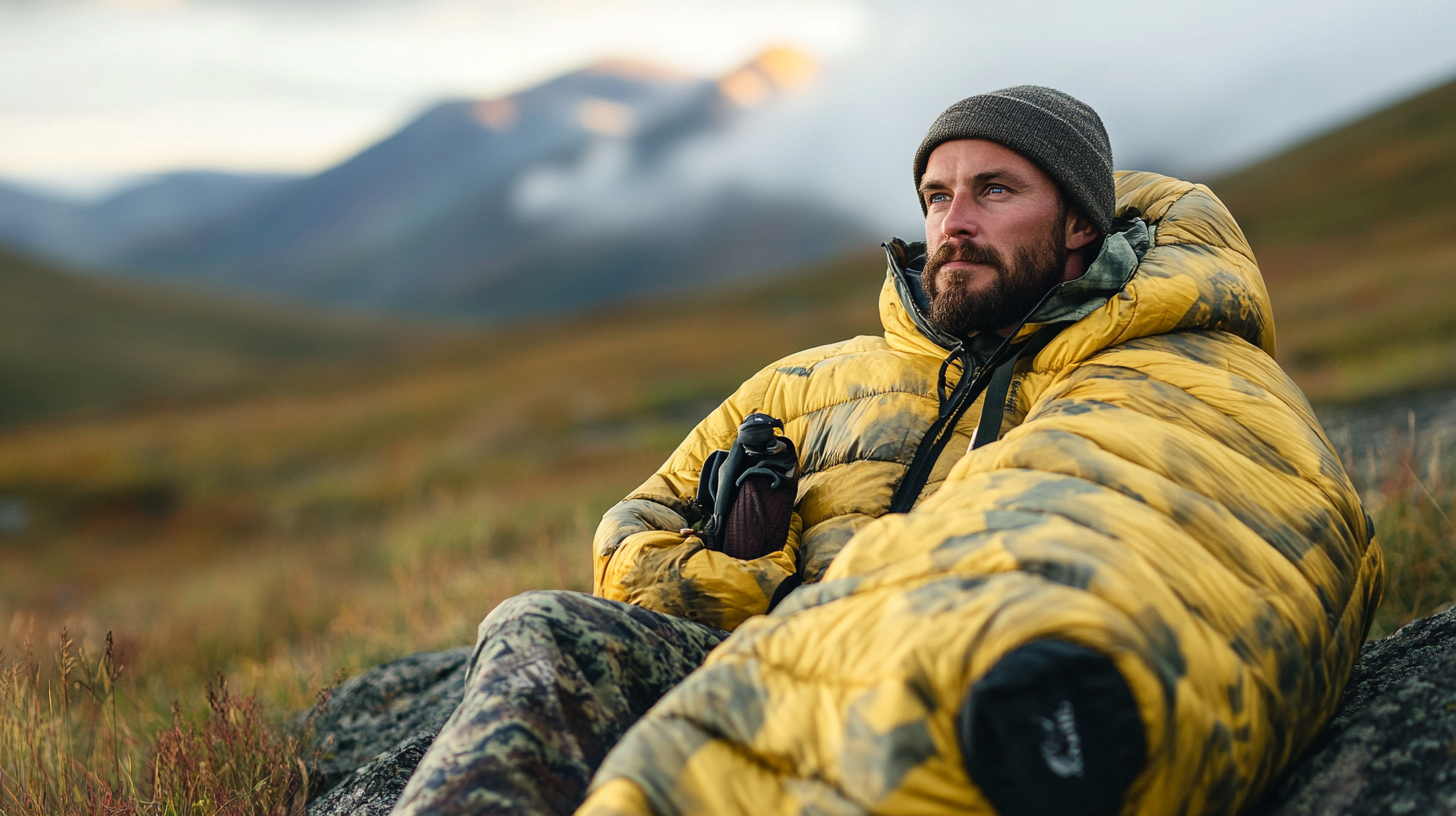
Understanding Temperature Ratings for Sleeping Bags in Hunting
When embarking on a hunting adventure, selecting the right sleeping bag can significantly enhance your overall experience. One of the most crucial factors to consider is the temperature rating of the sleeping bag. These ratings generally indicate the lowest temperature at which the bag will keep you warm. Understanding these ratings can ultimately guide you in making an informed choice that aligns with the weather conditions you'll face.
In addition to the temperature rating, it's essential to consider the type of insulation used in the sleeping bag. Down insulation is lightweight and compressible but may not perform as well when wet. Synthetic materials, on the other hand, retain warmth even in damp conditions but can be bulkier. Evaluating these aspects together with the temperature rating will help ensure you choose a sleeping bag that not only fits the climate but also meets your comfort and packability needs. Ultimately, the right sleeping bag can mean the difference between a restful night and a chilly, uncomfortable experience in the great outdoors.
How to Choose the Perfect Sleeping Bag for Your Hunting Adventures - Understanding Temperature Ratings for Sleeping Bags in Hunting
| Sleeping Bag Type |
Temperature Rating (°F) |
Insulation Type |
Weight (lbs) |
Recommended Use |
| Mummy Bag |
-10 |
Down |
3 |
Winter Camping |
| Rectangular Bag |
20 |
Synthetic |
4 |
Car Camping |
| Convertible Bag |
30 |
Synthetic |
3.5 |
Versatile Use |
| Ultra-light Bag |
35 |
Down |
2 |
Backpacking |
| 3-Season Bag |
10 |
Synthetic |
4 |
Spring/Fall Camping |
Essential Features to Look for in a Hunting Sleeping Bag
When selecting a sleeping bag for your hunting adventures, several essential features should be prioritized to ensure comfort and functionality. According to a report by the Outdoor Industry Association, 61% of outdoor enthusiasts consider insulation type as a crucial factor when purchasing a sleeping bag. For hunting conditions, it’s advisable to choose a bag with down insulation for its excellent warmth-to-weight ratio, or synthetic insulation for improved moisture resistance. The ideal choice depends on the weather conditions you expect to encounter.
Temperature ratings are another critical aspect to evaluate, as they indicate the lowest temperature the bag can withstand while keeping you warm. A study by the American Outdoors Association highlights that nearly 70% of hunters prefer bags rated for sub-zero temperatures to accommodate unpredictable winter weather in the field. Additionally, consider the bag's shape; a mummy-shaped bag is generally more thermally efficient and compact, ideal for backpacking into remote hunting spots. To enhance your hunting experience, focus on these features to ensure a restful sleep after a long day in the wild.
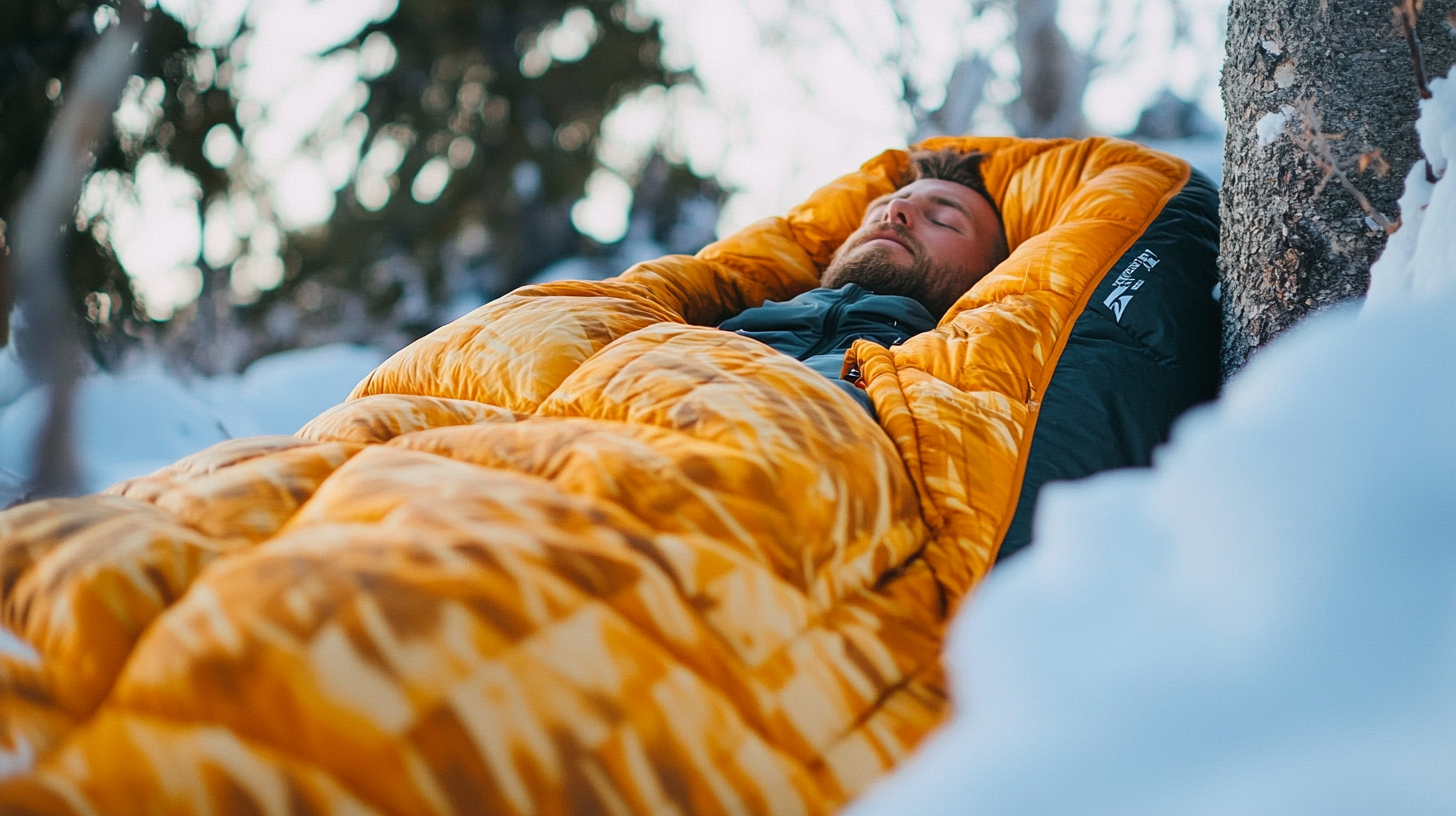
Material Matters: Choosing the Right Fabric for Durability and Comfort
When selecting the perfect sleeping bag for your hunting adventures, the choice of material can greatly impact your experience in the wilderness. Fabrics play a pivotal role in determining the durability and comfort of your sleeping bag, so understanding the options available is essential.
Synthetic materials, such as polyester and nylon, are popular due to their water-resistant properties and quick-drying capabilities. These fabrics withstand damp conditions, making them ideal for unpredictable weather during hunting trips. Additionally, synthetic sleeping bags are often more affordable and easier to maintain, making them a practical choice for those who frequently explore the outdoors.
On the other hand, natural materials like down feathers provide superior insulation and compressibility. Down sleeping bags are lightweight and pack down small, which is a significant advantage when you're looking to save space in your gear. However, they tend to lose their insulating properties when wet, so consider the climate and your specific needs when opting for down. Ultimately, by carefully evaluating the fabric of your sleeping bag, you can enhance both your comfort and performance on your hunting excursions.
Choosing the Right Fabric for Your Sleeping Bag
Comparing Different Sleeping Bag Shapes for Optimal Warmth and Space
When it comes to choosing the ideal sleeping bag for your hunting adventures, understanding the different shapes available can significantly impact your comfort and warmth. The rectangular sleeping bag is often favored for its spacious interior, allowing for a more natural sleeping position. However, if you prioritize warmth and packability for your outdoor excursions, a mummy bag like the Therm-a-Rest Space Cowboy, designed for "fast and light" adventures, could be your optimal choice. This sleeping bag, with its tailored fit, efficiently traps heat while minimizing weight, making it perfect for hunters who need to cover ground quickly.
Given the harsh conditions that might come with hunting, selecting a sleeping bag with the right temperature rating is crucial. According to industry reports, many hunters find that sleeping bags like the Western Mountaineering Kodiak MF excel in warmth retention and weather resistance while maintaining a lightweight design. With advancements in insulation technology, modern sleeping bags now offer higher thermal efficiency, which means you can stay warmer with less bulk. Additionally, for couples looking for that special cozy factor, exploring quality double sleeping bags can transform your camping experience—options like the latest tested double sleeping bags provide comfort without compromising on space.
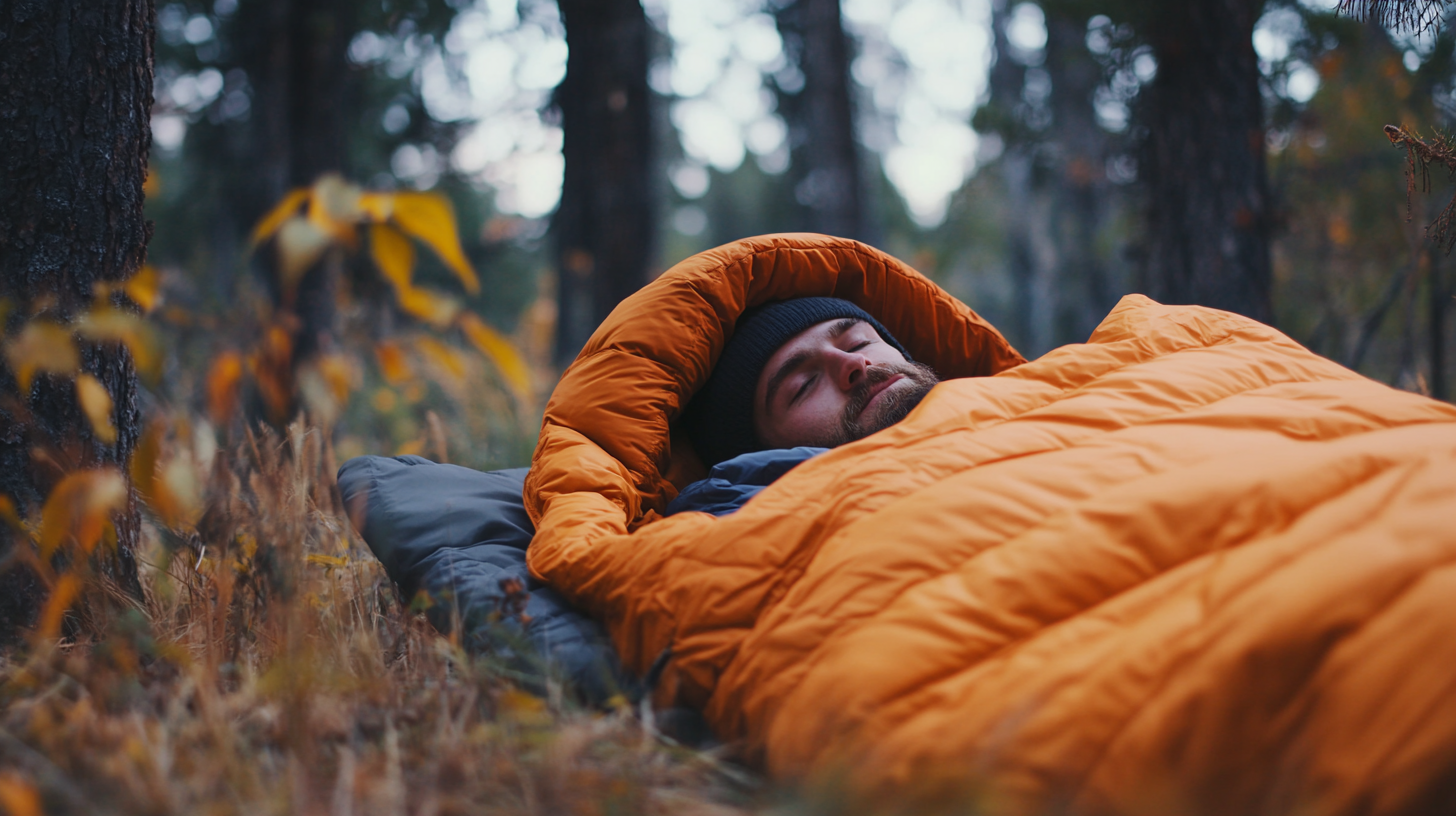
Tips for Proper Care and Maintenance of Your Hunting Sleeping Bag
When it comes to maximizing your hunting experience, having a well-maintained sleeping bag is crucial. According to the Outdoor Industry Association, nearly 70% of outdoor enthusiasts prioritize gear maintenance to enhance their overall performance in the field. Proper care of your hunting sleeping bag can significantly extend its lifespan and ensure optimal comfort during those chilly nights in the wilderness.
To maintain your sleeping bag effectively, start by cleaning it regularly. Most experts recommend washing your bag every 3-5 uses, depending on exposure to sweat, dirt, and moisture. Use a front-loading washing machine with a gentle cycle and a mild detergent specifically formulated for down or synthetic materials. It’s essential to dry your sleeping bag properly as well; using a low-heat setting in a dryer with tennis balls can help maintain its loft and insulating properties.
Storage is another critical factor that can impact the longevity of your sleeping bag. Storing it in a compressed stuff sack can lead to loss of insulation and shape over time. Instead, opt for a larger cotton or mesh storage sack when not in use. As highlighted by a report from the National Parks Service, proper storage and maintenance can add years to your gear, allowing you to focus on what matters most—enjoying your hunting adventures.

Home
About Us
Products
FAQ
News
Contact Us






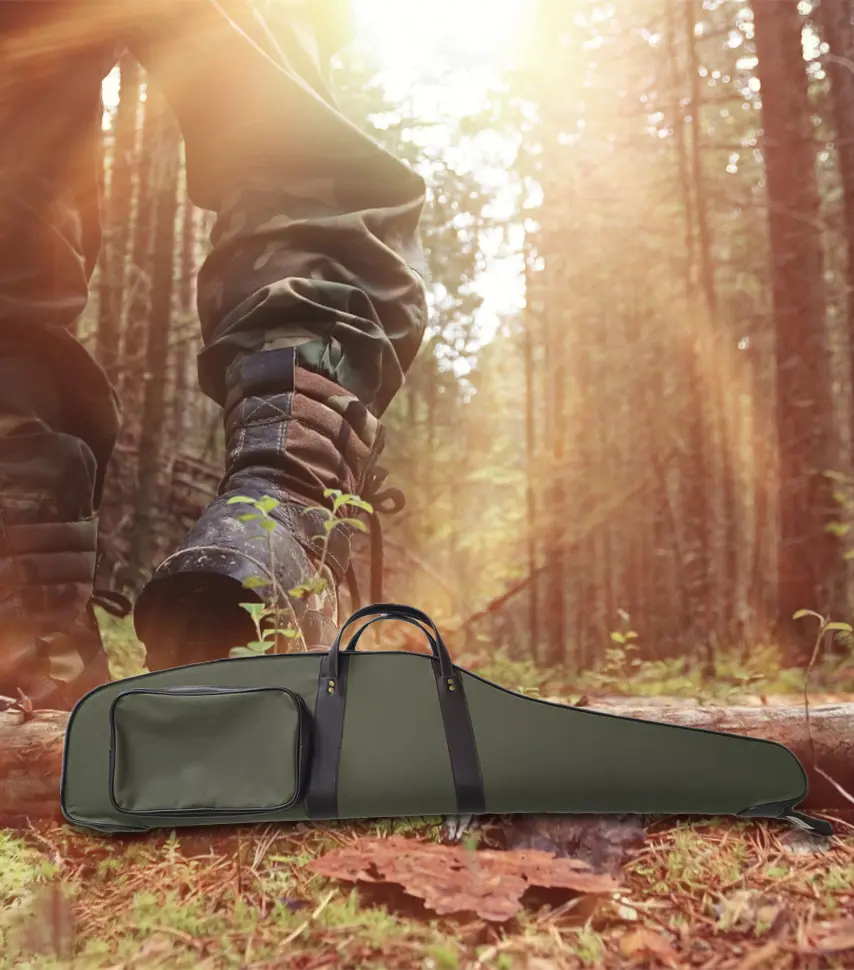 Hunting And Shooting Bag LSH
Hunting And Shooting Bag LSH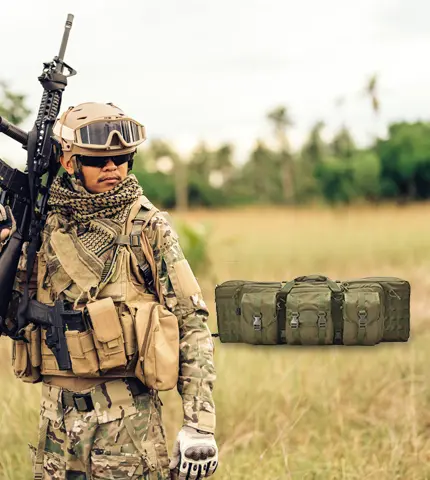 Tactical Military Bag & Vest LST
Tactical Military Bag & Vest LST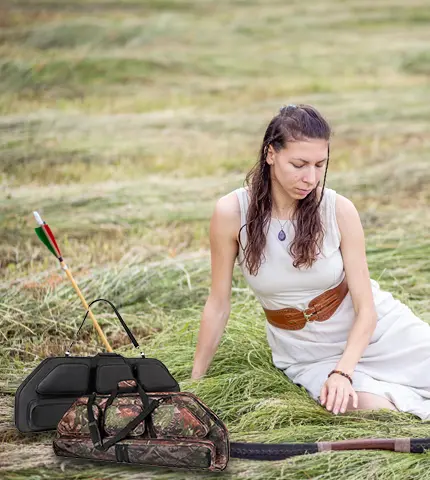 Archery Bag LSC
Archery Bag LSC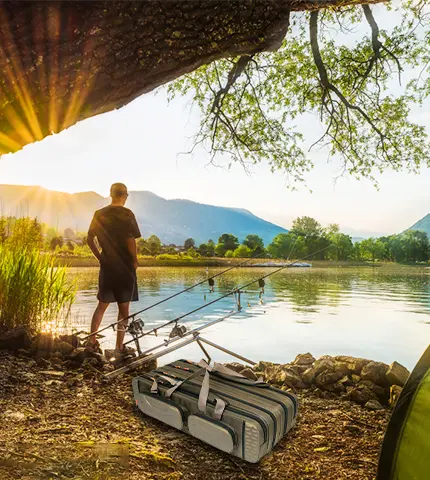 Fishing Bag LSF
Fishing Bag LSF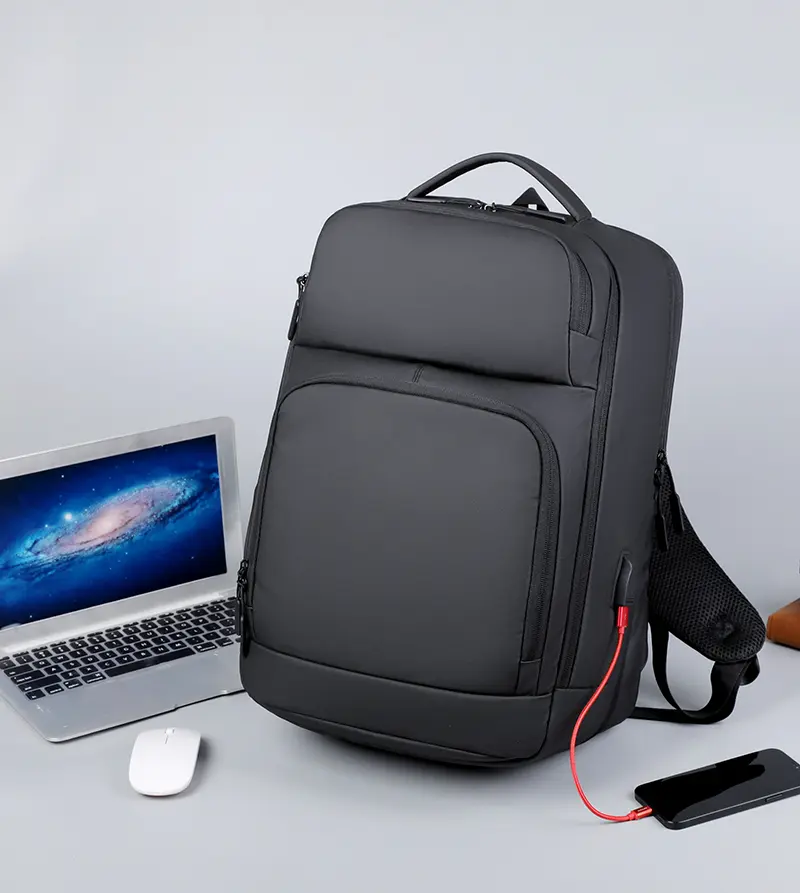 Others LSB
Others LSB

